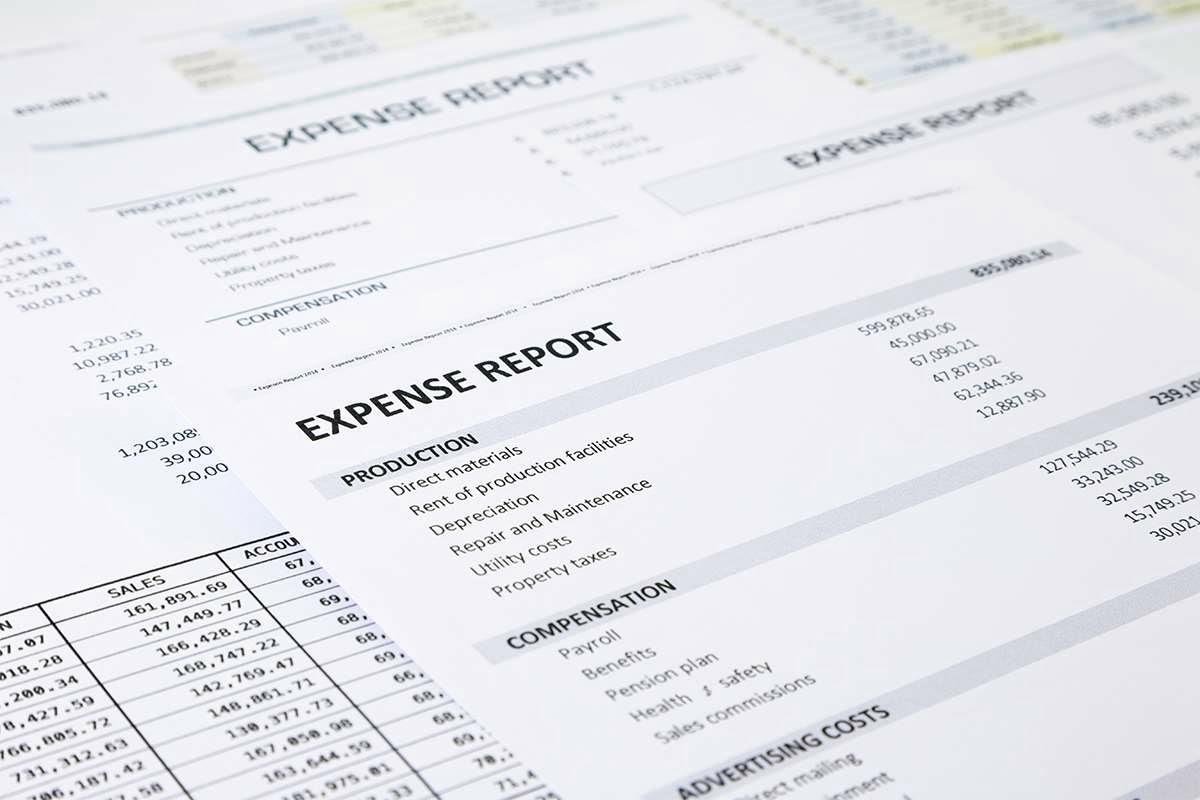Contra Liability Account: What it is, How it Works, Example

Companies often receive discounts from suppliers for early payment of invoices or bulk purchases. These discounts are recorded in a contra expense account, which offsets the original expense recorded for the purchase. By doing so, the company can accurately report the net expense, showcasing effective cost management and benefiting from favorable payment terms.
Purchase Return, Allowance, and Discount Contra Expense Accounts

If you’re valuing a low-growth company based on its equipment assets, you want to use the net value to be conservative. On the other hand, if you’re looking at a high-flying growth stock that reports new revenue growth records each quarter but has a massive allowance for doubtful accounts, there may be problems ahead. A contra account is a general ledger account with a balance that is opposite of the normal balance for that account classification. The use of a contra account allows a company to report the original amount and also report a reduction so that the net amount will also be reported. The net amount is often referred to as the carrying amount or perhaps the net realizable amount.
List of Contra Accounts
Properly documenting these contra accounts in your ledger can sometimes feel counter-intuitive since they operate in an opposite manner from their parent accounts. Consider an asset account, where the values are listed as debits, and the account itself will present a positive total. Conversely, for a contra asset account like depreciation, you would list all entries as a credit, carrying a negative total balance for the overall account. These less-frequent contra accounts come into play when you need to account for changes in the outstanding liabilities for your business. For example, when your company borrows money, you would identify that debt in a Notes Payable account. Furthermore, if you subsequently pay off that debt early and capture a discount, the contra liability account — Discount Notes Payable — would record those savings.
- Unlike regular assets and liabilities, contra assets typically keep a credit balance and contra liabilities typically keep a debit balance.
- The contra asset account Accumulated Depreciation is deducted from the related Capital Assets to present the net balance on the parent account in a company’s balance sheet.
- The account is typically used when a company initially pays for an expense item, and is then reimbursed by a third party for some or all of this initial outlay.
- Managers and investors must understand contra accounts to accurately analyze a company’s balance sheet and determine the organization’s financial position.
- For example, a bond with a principal amount of $1,000 may be sold for only $950.
- There are four key types of contra accounts—contra asset, contra liability, contra equity, and contra revenue.
- This reduces the total cost of goods purchased, thereby adjusting the expense to reflect only the net cost.
The purpose of contra accounts
A contra account is an account with a balance opposite the normal accounts in its category. Contra accounts are usually linked to specific accounts on the balance sheet and are reported as subtractions from these accounts. In other words, contra accounts are used to reduce normal accounts on the balance sheet.

What is an example of a contra account?
- A contra asset is paired with an asset account to reduce the value of the account without changing the historical value of the asset.
- An expense account which is expected to have a credit balance instead of the typical debitbalance.
- Bills payable or notes payable is a liability that is created when a company borrows any specific amount of money.
- The company’s income statement will report the combination of the amounts in accounts 4210 and 4211 in order to show the company’s actual expense of $8,000 ($10,000 minus $2,000).
- He has been the CFO or controller of both small and medium sized companies and has run small businesses of his own.
Therefore, for these three, the debit balance actually represents a negative amount. Key examples of contra asset accounts include allowance for doubtful accounts and accumulated depreciation. Contra expense accounts come in various forms, each serving a unique purpose in financial accounting. When a company returns goods to a supplier due to defects or other issues, the value of these returns is recorded in this account. This action reduces the total cost of goods purchased, ensuring that the expense reported on the financial statements reflects only the net cost of goods that were actually retained and used by the company.
He has worked as an accountant and consultant for more than 25 years and has built financial models for all types of industries. He has been the CFO or controller of both small and medium sized companies and has run small businesses of his own. He has been a manager and an auditor with Deloitte, a big 4 accountancy firm, and holds a degree from Loughborough University. For the past 52 years, Harold Averkamp (CPA, MBA) hasworked as an accounting supervisor, manager, consultant, university instructor, and innovator in teaching accounting online.

The doubtful debt reserve holds a sum of money to allow a reduction in the accounts receivable ledger due to non-collection of debts. Contra Asset Account – A contra asset account is an asset that carries a credit balance and is used to decrease the balance of another asset on the balance. In finance, a contra liability account is one that is debited for the explicit purpose of offsetting a credit to another liability account.
Contra Accounts: Explained, Popular Types and Examples
This is an owner’s equity account and as such you would expect a credit balance. Other examples include the allowance for doubtful accounts, discount on bonds payable, contra expense account sales returns and allowances, and sales discounts. For example net sales is gross sales minus the sales returns, the sales allowances, and the sales discounts.

